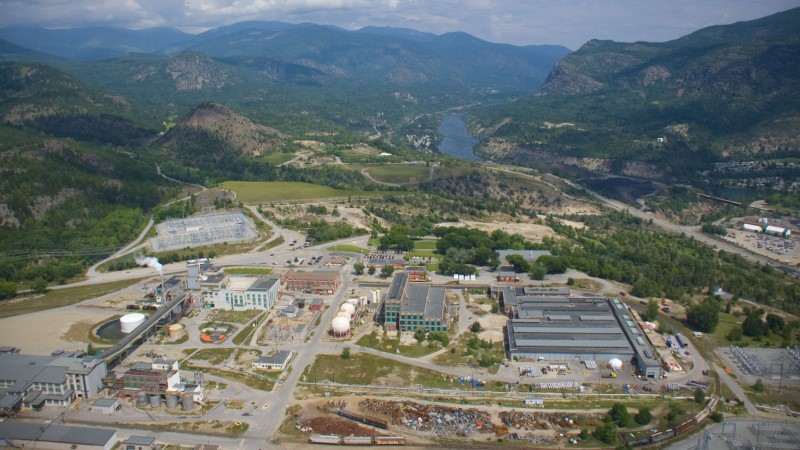Our smelting facility in Trail, British Columbia has the capacity to effectively process thousands of tonnes of e-waste each year – reducing waste, preventing the deposit of metals and plastics in landfills and continuously improving the recovery of valuable materials.
From tube TVs to flat screen TVs, paperbacks to Kindles™, Beta to Blu-Ray™ players, the pace of technological change is accelerating. With it comes an increasing amount of electronic waste, also known as e-waste. According to the United Nations Environment Programme, global e-waste production is estimated to be approximately 40 million tonnes per year, and this number is expected to increase significantly in the years ahead.
At Teck, we’re uniquely positioned to help solve this global challenge. Our smelting facility in Trail, British Columbia has the capacity to effectively process thousands of tonnes of e-waste each year – reducing waste, preventing the deposit of metals and plastics in landfills and continuously improving the recovery of valuable materials. In 2010 alone, Trail Operations processed just over 13,000 tonnes of e-waste – or over 1,300 truckloads of material.
Trail Operations recycles material for the Electronics Stewardship Association of BC’s electronics recycling program, which has created a network of over 100 depots around BC. The depots collect most old electronics including computers, televisions, cellphones and audiovisual equipment.
This e-waste is then shipped to recyclers, such as Trail Operations, for processing.One factor contributing to the increase in e-waste has been a shift in TV technology from the cathode ray tube (CRT) to the flat screen TV. As people purchase new flat screen TVs, they are disposing of their older CRT TVs.
We are one of the few recyclers in North America that can take CRT TVs and return the lead found in the CRT glass back to its metallic state. This recycling process not only allows the lead metal to be recovered for reuse, but it also uses the glass to displace mined silica, which is used in the smelting process to lower the overall melting point and save energy.
As a result, in 2009 and 2010, our biggest growth in e-waste recycling was CRT glass recycling.“We’ve found that old electronics, when properly disposed of, can be transformed from waste to valuable materials and products,” says Christa Ford, Senior Business Development Chemist. “Not only that, but at a time when new mineral deposits are increasingly difficult to find and develop, e-waste also offers a rapidly growing supply of new metal, such as lead, zinc, germanium, indium, cadmium, copper, gold, aluminum and silver.”
By recycling at Trail, we are not only helping to solve the world’s e-waste challenge, but we are also helping to ensure the longterm sustainability of our Trail Operations.
This case study was originally published in our 2010 Sustainability Report.
(1) "Recycling – from E-Waste to Resources" United Nations Environment Progamme, 2009

